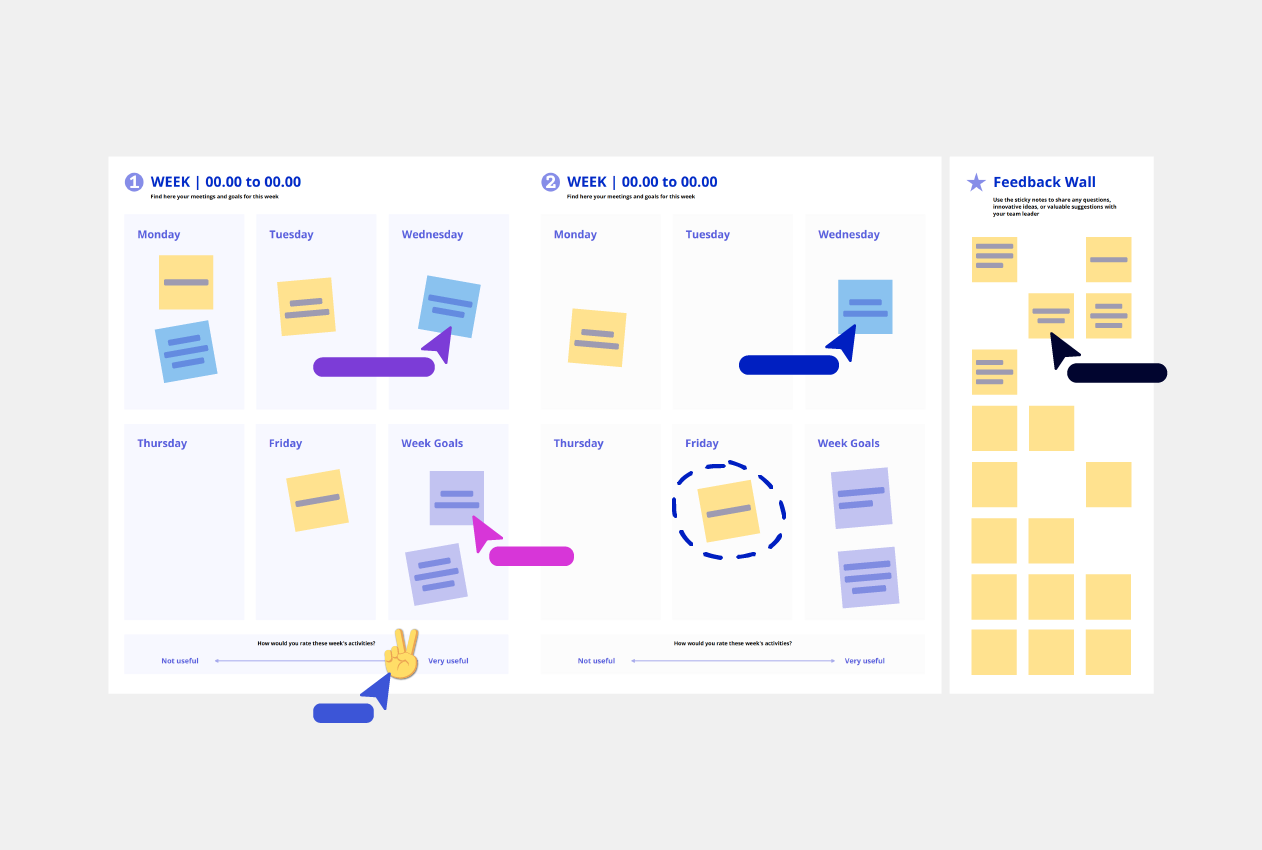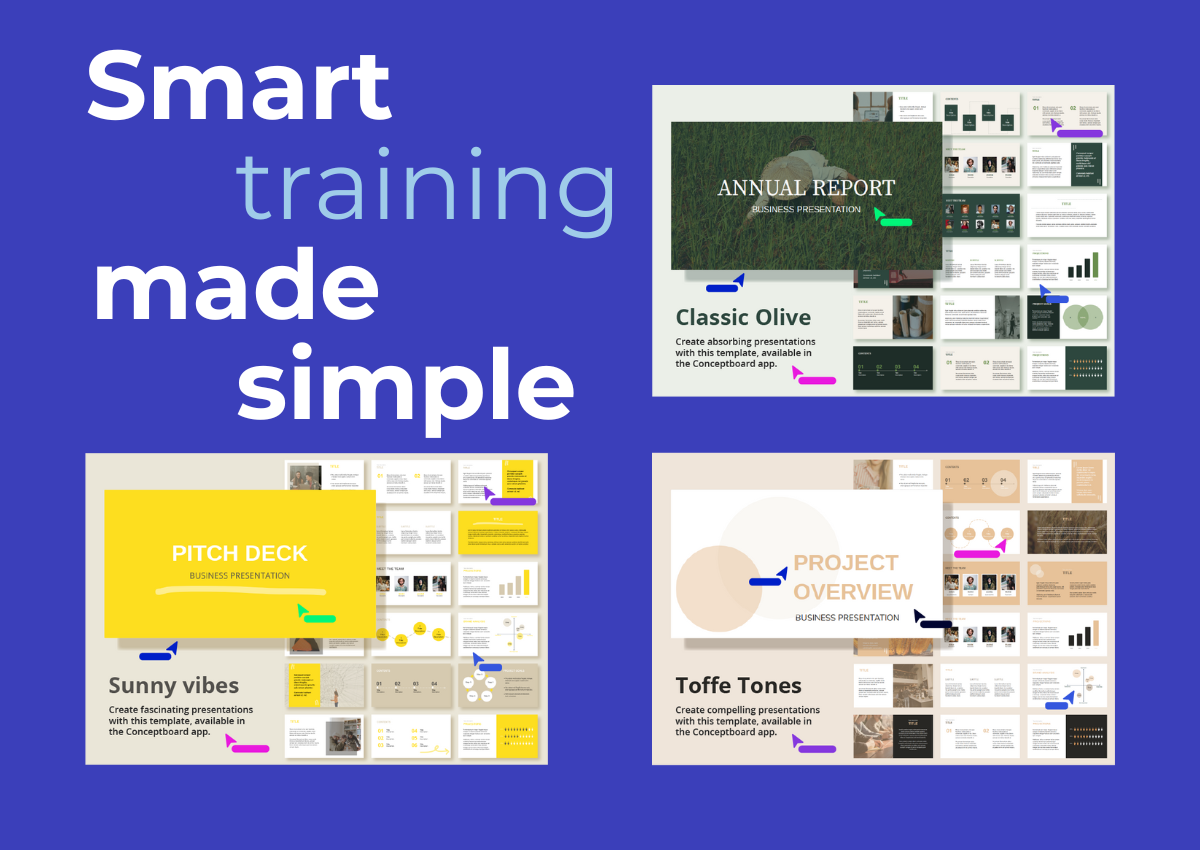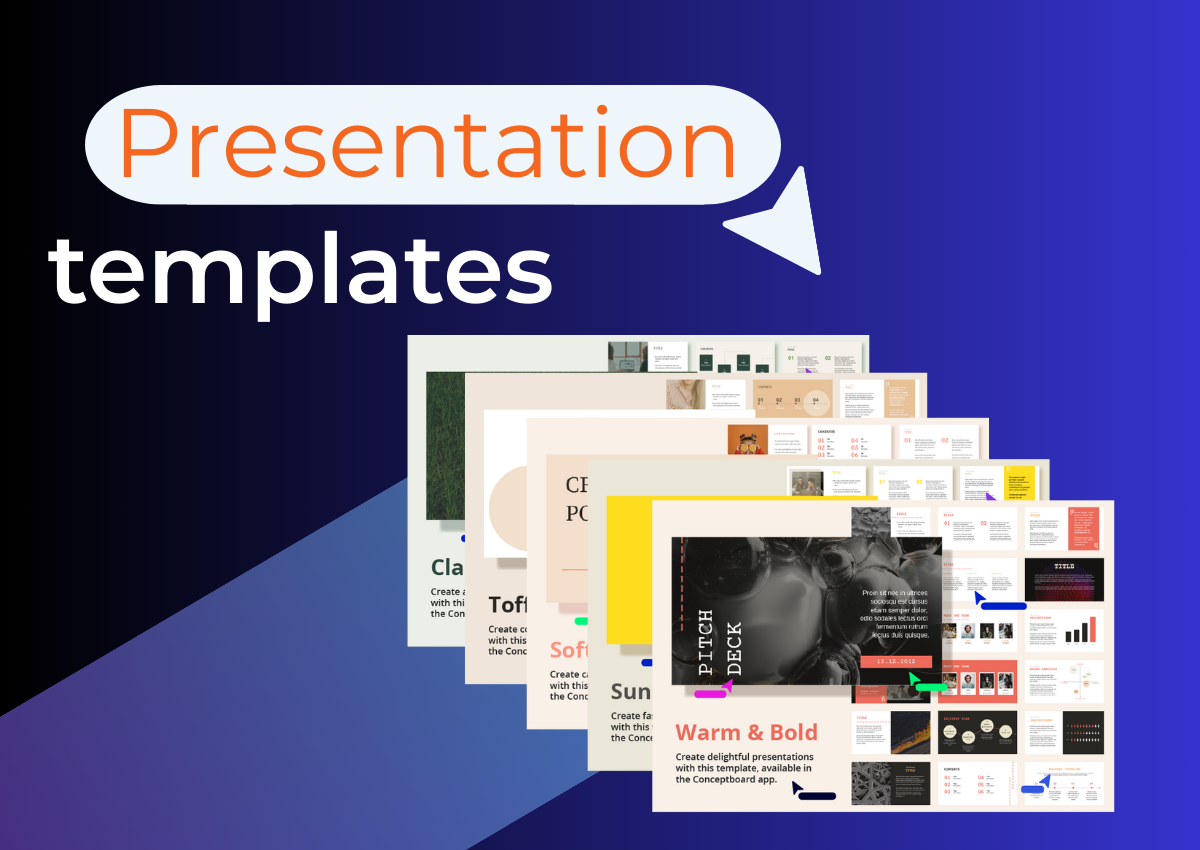This post is also available in: German
Hiring a new employee takes a lot of time, effort, and money. So, when you bring someone new on board, you want to know that they’re going to be around for the long haul.
While you can’t ever guarantee a new employee won’t move on within the first few months, it’s important to make sure your onboarding process isn’t hurting your chances without you realizing it.
A strong onboarding process can improve retention rates by as much as 82 %. But despite this, only 12 % of employees say their employer does a great job of onboarding.
And in these times of hybrid and remote working, things are even more challenging: how do you make sure new employees feel connected to their colleagues, understand your company culture, and know where to go for the information they need when you may not even have met them in person?
In this article, we’ll discuss the importance of a solid employee onboarding process, the key elements involved, and how you can supercharge the onboarding experience for your new hires — even in the hybrid era.
What is employee onboarding?
Employee onboarding is the process of integrating a new employee into an organization. It includes practical elements like making sure all the right paperwork is completed, as well as providing training to new employees. It also involves introducing the new employee to the company’s culture, vision, and mission, enabling them to see how their work fits into the goals of the organization as a whole.
4 benefits of a strong onboarding process
A properly thought-out, strategic, and smooth onboarding process can deliver some big benefits for your organization.
1. Improves employee satisfaction and engagement
A successful onboarding process should connect employees with your organization’s goals and vision from day one so that they understand the purpose of what they’re doing. Knowing what they’re working towards helps employees to feel engaged and satisfied with their work.
2. Gets employees quickly up to productivity
There’s a lot to learn when you join an organization, and new employees can take a while to get up to full productivity. A comprehensive onboarding process can speed things up by providing easy access to the documentation and information the new employee needs, as well as introducing them to colleagues who can help them get there faster.
3. Increases staff retention rates
Being the only newbie in an organization can be tough, and it can take a while for new hires to feel like they belong. More than 25 % of new hires quit in the first three months — and part of the reason could be poor onboarding processes. If you join an organization and find that they haven’t put much effort into getting you on board and don’t seem interested in introducing you to the company culture, wouldn’t you jump ship if a better offer came along? A strong onboarding process can ensure employees feel connected to the organization from the beginning, increasing job satisfaction and loyalty and making them more likely to stick around.
4. Improves workplace safety and quality of work
When employees don’t fully understand their roles and the tasks assigned to them, mistakes happen. This could result in wasted time or even be damaging to the business in some cases. A strong onboarding process provides employees with comprehensive training and the support they need to get started, instead of just throwing them in at the deep end and hoping for the best.

The challenges of onboarding in the hybrid era
Employee onboarding has never been a simple process, but the recent rise in hybrid and remote working policies brings its own set of challenges.
Ensuring new employees feel connected to their colleagues
Introducing your new employees to their colleagues is more difficult when you’re operating a hybrid work policy, since not everyone will be in the office at the same time. Since introductions might not happen organically, it’s important to set up meetings with everyone the employee will come into contact with so that they can start to feel like part of the team.
Introducing new employees to their colleagues also makes it easier for them to ask for help and information, without feeling nervous about approaching someone they’ve never met. Plus, proper introductions allow new hires to start forming their own opinions about their team, without them being clouded by the opinions of the few people they’ve been in contact with.
Avoiding overwhelming employees with too much information without context
Employee onboarding necessarily involves giving the new employee a lot of information in a narrow time frame. However, be wary of simply sending over a Google Drive link with all of the documents the new employee needs. Without someone to sit with them to go through the information and answer questions as they come up, this can quickly get overwhelming. New employees might feel frustrated with the amount of information they have to learn, and even end up feeling abandoned if they don’t have someone to turn to for help.
Communicating your company culture, even to remote employees
Ensuring your new hires understand your company culture early on is one of the most important aspects of your onboarding process. It allows both parties to confirm that they’re a good fit for each other and shows the new employee what will be expected of them in your organization. Naturally, this is more difficult when the new employee’s in-person interactions are more limited.
6 key elements of the optimal hybrid onboarding process
Here are a few key elements which you should be including in your hybrid onboarding process:
A smooth pre-boarding process
A new employee’s journey with your company doesn’t only start on their first day of work. And the most effective onboarding programs include a pre-boarding stage to make sure new employees are prepared before they start.
Pre-boarding is an important step because it shows the new hire that you’re excited to work with them and prepared for their arrival. It’s also an opportunity for them to ask any burning questions about what their first few days of work will look like.
So, what should this stage include? First, it’s a good idea to make sure your new employee has all the hardware (e.g. a laptop), software, and login information they need ahead of time, so they don’t have to waste time setting everything up on their first day.
Also, consider organizing an informal meet-up with the new hire’s immediate colleagues so that they can introduce themselves and hopefully alleviate their first-day jitters.
Early and frequent one-on-ones with managers
New employees are 3.5x more likely to say they’re satisfied with the onboarding process when management plays an active role, according to Microsoft. Your hybrid or remote onboarding process should include regular one-on-one check-ins with the new employee’s manager in the first few weeks.
In the hybrid era, new hires might not necessarily come face-to-face with their managers every day. This means that it’s a good idea to formalize this part of the process by setting up a series of meetings. For example, you plan a one-on-one at the end of the first day, the end of the first week, and then weekly going forward. This gives the new employee a chance to ask any questions, and the manager the opportunity to provide feedback on the employee’s work so far.
Easy access to documents, files, and information
The first days and weeks at a new job involve a lot of learning, and information overload is a real risk. Because no one can be expected to remember everything, it’s important to give your new hires one dedicated place they can go to get all the information they need to do their jobs.
This might include your employee handbook, office policies, checklists, and organizational charts that help new employees to understand how everyone fits together. To make sure your new recruits know where to go for this information, consider storing it in a dedicated shared folder they can access from anywhere, or in a special section of your employee intranet.
An onboarding buddy to offer informal help
While documentation and structured opportunities for learning are both key parts of the onboarding journey, there’s no way you can cover everything. Plus, new employees might have questions they’d feel silly asking their manager — like where to find the coffee filters or who’s in charge of the Christmas party.
One idea is to provide each new employee with an onboarding buddy who’s there to support them and answer their questions informally. You could set them up with their buddy ahead of their first day, and ask the buddy to book in a meeting to introduce themselves.
Access to tools that help new hires feel connected
When onboarding a hybrid employee, it’s even more important that they have access to the tools they need to communicate with their colleagues. Depending on your organization, this might mean adding them to the right Slack channels or setting them up with intranet access and a company email.
You might also want to send out a message to your team (or entire company) welcoming the new employee, so they have a chance to introduce themselves and start getting to know their colleagues.
New employees might have a hard time figuring out who everyone is, especially if they’re working remotely. To help them get there faster, encourage other employees to schedule a quick call to introduce themselves properly during the new employee’s first few days.
Structured and meaningful tasks from day one
Every organization has some sort of onboarding process, even if it’s just a pile of forms to fill in. But many don’t think about the actual work the new employee will be doing in their first few weeks.
This means that new employees often end up twiddling their thumbs and waiting to be assigned tasks. In a hybrid work environment, managers won’t necessarily notice if a new employee doesn’t have anything to do, which can leave them feeling forgotten.
To avoid this, plan ahead and prepare structured, specific tasks for your new employee’s first day, week, and beyond. Make sure you provide plenty of support, guidance, and feedback, and reassure your new employee that you don’t expect perfection from day one.
How using Conceptboard can create a fun, memorable, and user-friendly virtual onboarding process
An effective virtual onboarding involves a variety of different people, documents, meetings, and processes. And it can be overwhelming on both sides of the table.
The unlikely tool that can help you to bring it all together and make hybrid onboarding fun, memorable, and easy? A collaborative online whiteboard.
Let us explain:
We’ve designed a new template using Conceptboard, that brings together all of the disparate elements of your online onboarding process in a user-friendly space, giving new employees everything they need in one place.
The template is designed to act as a complete handbook for onboarding new employees. Since it’s easy to edit, add new information, and remove anything that’s become outdated, it will evolve with every batch of new hires that you bring on. This means your new employees’ onboarding experience will always be up-to-date and relevant.
Here’s what the template includes:
- A roadmap of the employee’s first four weeks: This lets the new employee and their colleagues easily see what they’ll be doing each day.
- A visual representation of the hybrid onboarding process: This shows the new employee what they’re working towards in a clear and easy-to-understand way.
- A dedicated space for the new employee’s questions or feedback: This eliminates the stress of having to figure out whom to go to with each question.
- Anything you like: The best part about the template? It’s 100% customizable, and you have infinite whiteboard space to play with.
Using Conceptboard, you can start your new employee’s first day with a video call with all of the relevant people, where you’ll run through the onboarding process together. You can use Conceptboard’s presentation mode to take your new hire through each element of the board, and they’ll be able to ask questions or provide feedback in real time.
Using the task tracker board alongside the onboarding template
The onboarding process involves plenty of different tasks for the new employee and their teammates — which can be difficult to keep track of. Thankfully, we’ve created a task tracker board that can be used alongside the onboarding template to help every team member keep track of the onboarding process and the tasks they need to complete.
Even better: this board isn’t just limited to the onboarding process: it could be repurposed for special projects or even used as a general weekly planner for each team.
5 benefits of using Conceptboard for your hybrid onboarding
Here are some of the benefits of using Conceptboard to tie your onboarding together:
1. Provides an overview for all stakeholders
Using Conceptboard as a hub for your onboarding process gives new employees, their colleagues, and their managers an overview of the process as a whole. Everyone can quickly understand the plans that have been set out for the new employee.
2. Shows newbies their colleagues have planned for them
When a new employee joins an organization, it’s encouraging for them to see that their new colleagues and managers have been preparing for their arrival. Giving them access to their personal onboarding hub on their first day (or before) shows them that people have been making plans and eagerly awaiting their arrival.
3. Acts as a checklist for new employees (task tracker)
The task tracker template serves as a checklist for new employees to keep track of their progress through the onboarding process. They’ll be able to see what they’ve achieved and what tasks they still need to do.
4. Serves as a hub for tools and information
New employees need access to a wide range of tools, information, and documents — and you can link out to them from Conceptboard’s onboarding template. This is particularly useful for remote and hybrid employees, who can’t always ask their desk neighbor where to find an important file.
5. Promotes bi-directional communication
The best onboarding processes don’t just involve loading new employees with information — onboarding should always be a two-way street. When you use Conceptboard to onboard your new hires, they’ll have a dedicated space for their questions and feedback.
Transform your onboarding process with Conceptboard
When you use Conceptboard to simplify your onboarding process, your new employees can visualize the journey ahead of them, see how far they’ve already come, and easily communicate with colleagues and managers, even from a distance.
Want to transform the onboarding journey for your new employees? Sign up for a free 30-day trial and give the Conceptboard onboarding template a try.





